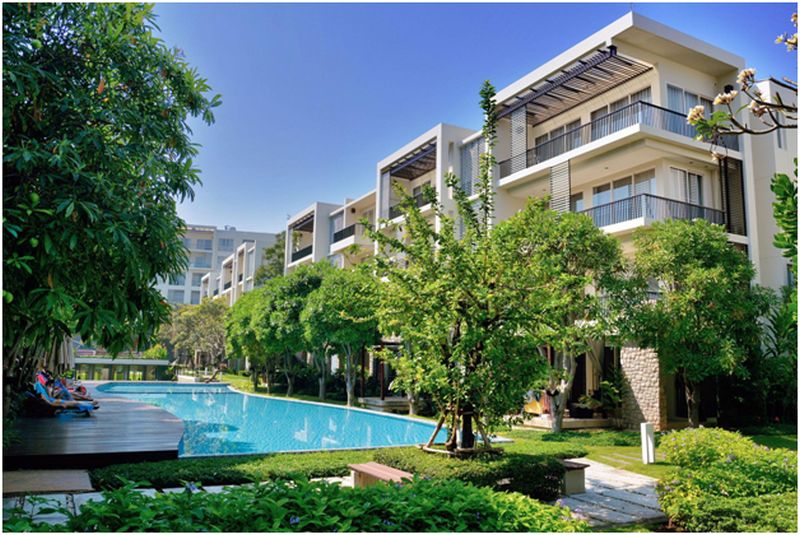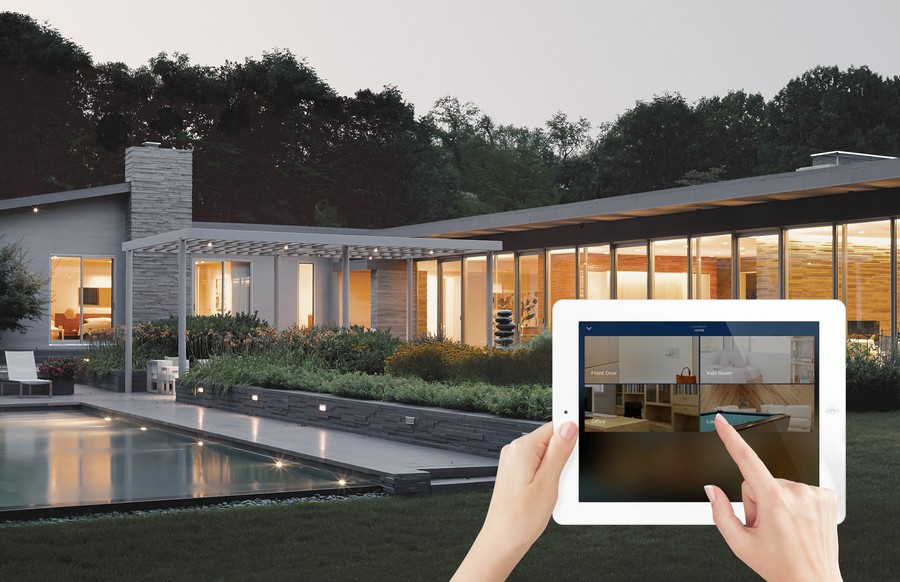Embracing Nature Biophilic Architecture at Its Finest
Embracing Nature: Biophilic Architecture at Its Finest
Blending Architecture with Nature
In the world of architecture, a growing movement is taking root – biophilic architecture. It’s more than just a trend; it’s a philosophy that seeks to reconnect people with nature by incorporating natural elements into the built environment. From urban skyscrapers to rural retreats, biophilic architecture is reshaping the way we think about design and our relationship with the natural world.
The Essence of Biophilic Design
At its core, biophilic design is about creating spaces that mimic the natural environment, fostering a sense of connection and well-being. This approach draws inspiration from the patterns, colors, and textures found in nature, incorporating elements such as natural light, vegetation, and water features into architectural design. The goal is to create environments that promote health, happiness, and productivity.
Bringing the Outdoors In
One of the hallmarks of biophilic architecture is its emphasis on bringing the outdoors in. Floor-to-ceiling windows flood interior spaces with natural light, while expansive views of the surrounding landscape blur the boundaries between inside and out. Indoor gardens, living walls, and green roofs introduce vegetation into the built environment, improving air quality and creating a sense of tranquility.
Creating Connections with Nature
Biophilic architecture seeks to create a sense of connection with nature, even in the most urban of environments. Rooftop gardens and communal green spaces provide opportunities for residents to interact with nature and each other, fostering a sense of community and well-being. Water features such as ponds, fountains, and cascading waterfalls add a soothing element to outdoor spaces, creating a multisensory experience that engages the senses.
Enhancing Health and Well-Being
Numerous studies have shown that exposure to nature has a positive impact on human health and well-being. Biophilic architecture takes this concept a step further by integrating natural elements into the built environment to promote physical, mental, and emotional health. Natural light helps regulate circadian rhythms and improve mood, while indoor plants filter toxins from the air and reduce stress levels. By prioritizing human health and well-being, biophilic architecture creates spaces that nurture and rejuvenate the body and mind.
Sustainable Solutions
In addition to promoting human health and well-being, biophilic architecture also prioritizes environmental sustainability. By incorporating natural materials, passive design strategies, and renewable energy sources, biophilic buildings minimize their impact on the environment and maximize energy efficiency. Green roofs and walls provide insulation and reduce the urban heat island effect, while rainwater harvesting systems and greywater recycling help conserve water resources. By embracing sustainable solutions, biophilic architecture seeks to create a harmonious relationship between people and the planet.
Inspiring Creativity and Innovation
Biophilic architecture challenges traditional notions of design, inspiring architects and designers to think outside the box and push the boundaries of creativity and innovation. By drawing inspiration from the natural world, designers can create spaces that are not only aesthetically pleasing but also functional, efficient, and sustainable. From innovative building materials to groundbreaking construction techniques, biophilic architecture is driving the evolution of the built environment towards a more harmonious and sustainable future. Read more about biophilic architecture









